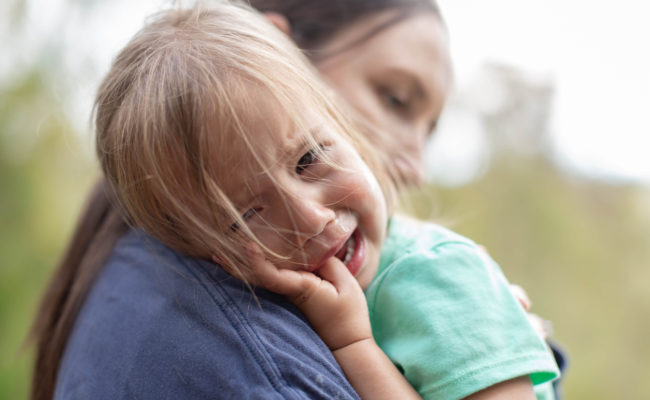
30% of Vermont children have a behavioral, emotional, developmental, or mental health condition
After the isolation that children and families experienced during the Stay Home, Stay Safe order, remote and hybrid schooling, and fewer social opportunities to engage with peers and receive necessary services, there is ample anecdotal evidence of an increase in behavioral, emotional, and mental health conditions in children under 18.
Concerns about the rise in behavioral, emotional, developmental, and mental health conditions among Vermont children are not new. According to a joint AOE/AHS System of Care Report from December 2016, Vermont currently has the highest per capita [Emotional Disturbance] incidence of all U.S. states.* The pandemic has only exacerbated the situation.
Data and information to quantify this increase is important because children, and adults, with behavioral, emotional, developmental, and mental health conditions often require additional services, resources, and supports.

The figure above shows a striking difference between trends for Vermont and the US. For Vermont, the percentage of children with one of 10 behavioral, emotional, developmental, or mental health conditions has increased by 20% between 2018 and 2020, compared to a 3% increase for the US as a whole. That means that 30% of children between the ages of 3-17 in Vermont have one or more behavioral, emotional, developmental or mental health conditions.**
The Department of Mental Health is monitoring this data alongside the BBF team and will explore this more through the annual State Interagency Team System of Care Report which will be released along with recommendations in late January.
For more information about the increasing trend in the percent of children under 9 with these conditions as well as the utilization of mental health services, see page 20 of The State of Vermont’s Children: 2021 Year in Review.
**********
*State Interagency Team (2016). System of Care Plan. Retrieved from https://ifs.vermont.gov/sites/ifs/files/SIT%20System%20of%20Care%20Plan%202-2017.pdf
**This data comes from the National Survey for Children’s Health (NSCH) which “is designed to produce national and state-level data on the physical and emotional health of children 0 – 17 years old in the United States.” The NSCH defines a behavioral, emotional, mental health, or developmental condition as having one or more of the following 10 conditions: ADD and ADHD, anxiety, depression, behavioral or conduct problems, autism or Autism Spectrum Disorder, developmental delay, intellectual disability, learning disability, speech or other language disorder, or Tourette syndrome. https://www.childhealthdata.org/browse/survey


